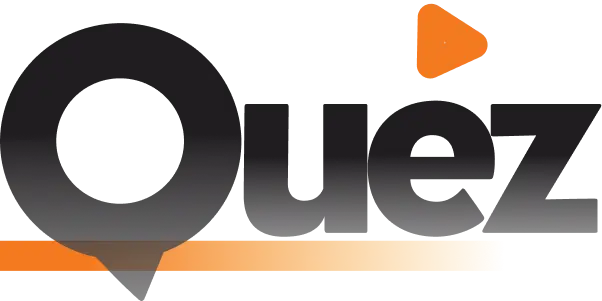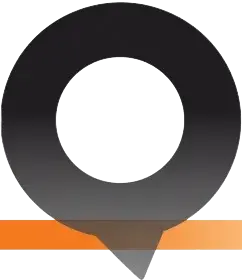These are the features you’ll need if you want your page to be optimized.
SEO happens at both the domain level and the page level. You’ll need to optimize your entire site to be seen by search engines, but each individual page on your site should be optimized as well. There are hundreds of variables that factor into your eventual search ranking, but if you’re looking for a quick guide on what an “optimized” page looks like, here are nine signs that your page is set up to rank as high as possible in Google search:
- Targeted keywords. Your page should have one or two “target keywords” throughout its meta content and body, narrowing your focus.
- Optimized title. Your page should also have a title tag that’s concise, including your target keywords and your brand’s name at the end.
- Optimized description. Your meta description can be a little longer, but should still have your target keyword phrase (and an accurate description of what users can find on your page).
- Structured markup. Ideally, you’ll employ Schema.org microformatting, which will allow Google to “understand” the structure of the data on your page.
- Mobile responsiveness. Your page should also load quickly and viewably on mobile devices.
- Fully loadable content. Every page of your site should be fully loadable—so watch for image and video loading errors.
- Ample, well-written content. Your page should have at least 300 words of well-written content, complete with your target keywords peppered throughout.
- Inbound links. Without inbound links pointing to a page (or your domain in general), it’s practically impossible to rank.
- Internal links. You’ll also want all your internal pages to link to one another—and while you’re at it, make sure you have a detailed XML sitemap for Google to parse.
Remember, page optimization is dynamic, not static. You’ll need to make tweaks and improvements to build your ranking over time. If you need help getting started, or are ready for an onsite audit, contact Quez Media today!



